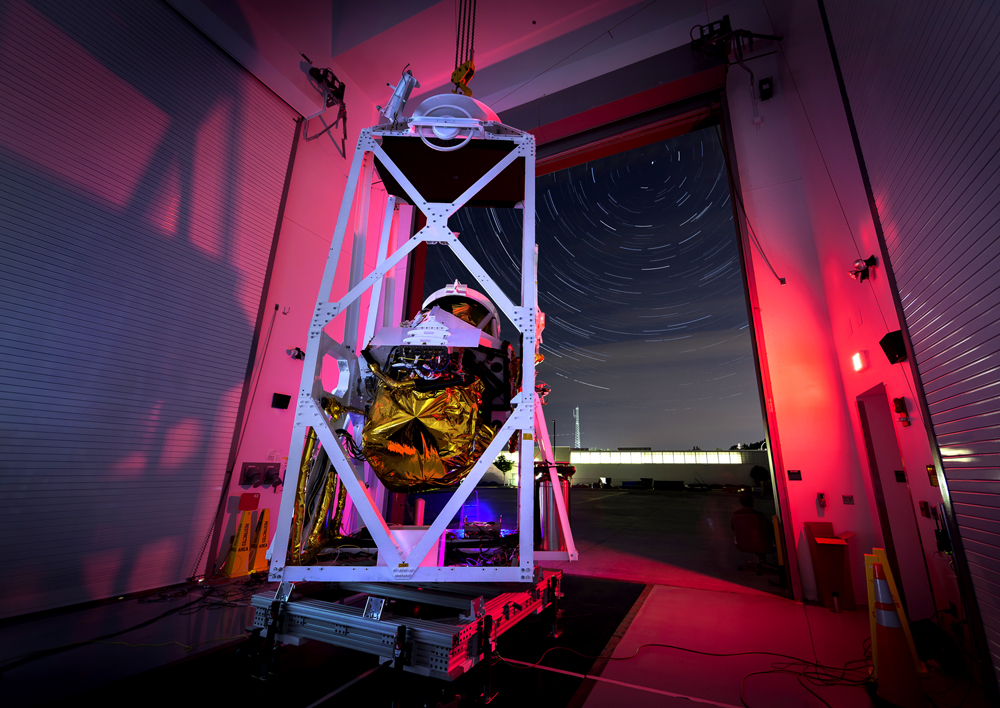
The Balloon Observation Platform for Planetary Science (BOPPS) is a high-altitude, stratospheric balloon mission that is planned for launch today to study a number of objects in our solar system, including an Oort cloud comet. BOPPS is expected to be aloft for up to 24 hours.
Comets that may be visible during the flight include Pan-STARRS and Siding Spring, which will later pass very close to Mars on October 19. The mission will also be ready to survey a potential array of other planetary objects including the asteroids Ceres and Vesta, and planets Neptune and Uranus. BOPPS is scheduled to launch from the NASA Columbia Scientific Balloon Research Facility in Fort Sumner, New Mexico.
“Along with accomplishing important science, BOPPS may also demonstrate a new capability for achieving important planetary science in a very cost effective way,” said Tibor Kremic, BOPPS project executive at NASA’s Glenn Research Center, Cleveland, Ohio.
BOPPS utilizes a 0.8-meter telescope and two cameras, one infrared and the other combined ultraviolet/visible, to observe planetary objects from a float altitude of roughly 120,000 feet above the Earth, giving it a clear view of objects in space that is almost entirely unhindered by atmospheric interference. BOPPS instruments will be able to detect organic elements, including carbon dioxide and water, on airless bodies such as asteroids and comets, a task that Earth-based observatories cannot perform well because they must look through all of Earth’s atmosphere. BOPPS may also take very high-resolution images of planets, stars and other objects.
“The quick reaction capabilities that balloon missions like BOPPS can provide are really unlike those of any other observatory,” said BOPPS principal investigator Andy Cheng of the Johns Hopkins University Applied Physics Laboratory (APL). “We will be able to observe frozen volatiles on comets and asteroids in ways that can help us answer some of the biggest questions we face about how our solar system formed.”
Built for NASA by APL in Laurel, Maryland, the BOPPS gondola is 5,200 pounds, 22 feet tall, and eight feet wide, about the same size and weight as a large sport-utility vehicle. APL built and tested the gondola and its systems, including the infrared camera and telescope. The Southwest Research Institute, Boulder, Colorado, built the near ultraviolet/visible light instrument. Glenn provided management and engineering support and the Balloon Program Office at NASA’s Wallops Flight Facility, Wallops Island, Virginia, will provide the balloon launch and recovery of the BOPPS gondola.
Glenn manages the BOPPS project for the NASA Science Mission Directorate at NASA Headquarters in Washington, D.C.
For more information about Glenn, visit:
For more information about the mission, visit:
Katherine K. Martin
NASA Glenn Research Center
216-433-2406
katherine.martin@nasa.gov
Geoffrey Brown
The Johns Hopkins University Applied Physics Laboratory
240-228-5618
geoffrey.brown@jhuapl.edu
Rebecca Hudson
Wallops Flight Facility
757-824-1139
Rebecca.h.powell@nasa.gov

























